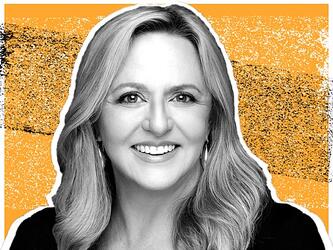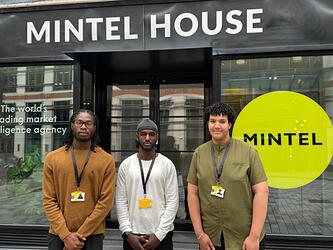Marketing ‘sweet spot’ sits in the hour following signal of intent
The report, from the Interactive Advertising Bureau (IAB) Australia and advertising platform RadiumOne, revealed that a travel advertiser delivered 13% of its ad impressions during the “sweet spot” to drive 81% of conversions. By the second hour, conversion rates had dropped to seven times lower.
Similarly, a financial services advertiser, traditionally a field with longer sales cycles, delivered 7% of impressions during the same sweet spot of 60 minutes following a signal of intent (for example a search or click) to drive 29% of conversions. By the second hour, conversion rates dropped by two and a half times.
“When there’s latency between the moment that a consumer signals intent and the moment that an advertiser responds with an ad, advertising performance suffers,” said the report. “The greater the latency, the bigger the hit on performance.”

We hope you enjoyed this article.
Research Live is published by MRS.
The Market Research Society (MRS) exists to promote and protect the research sector, showcasing how research delivers impact for businesses and government.
Members of MRS enjoy many benefits including tailoured policy guidance, discounts on training and conferences, and access to member-only content.
For example, there's an archive of winning case studies from over a decade of MRS Awards.
Find out more about the benefits of joining MRS here.














0 Comments